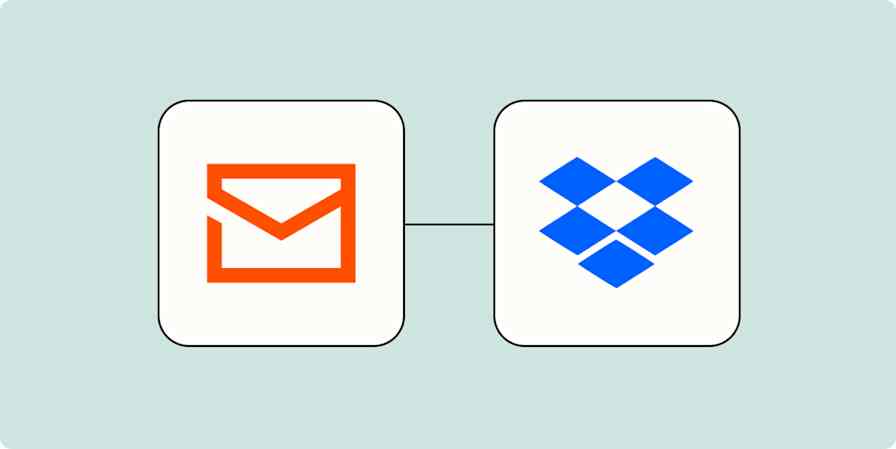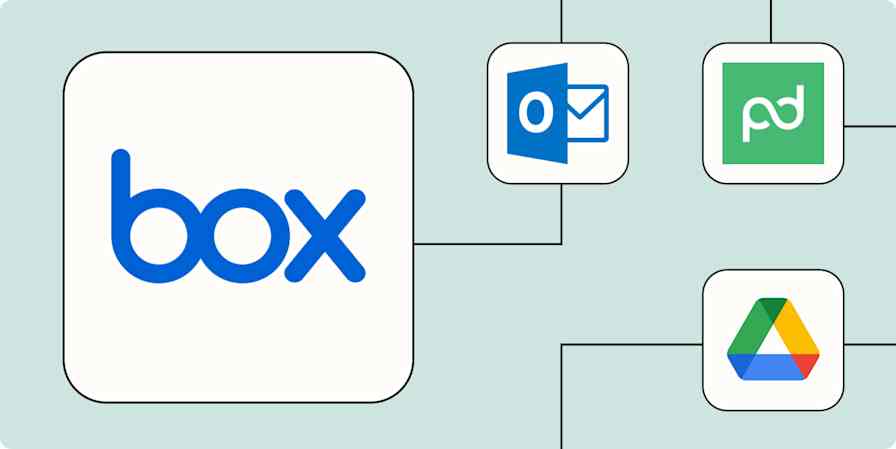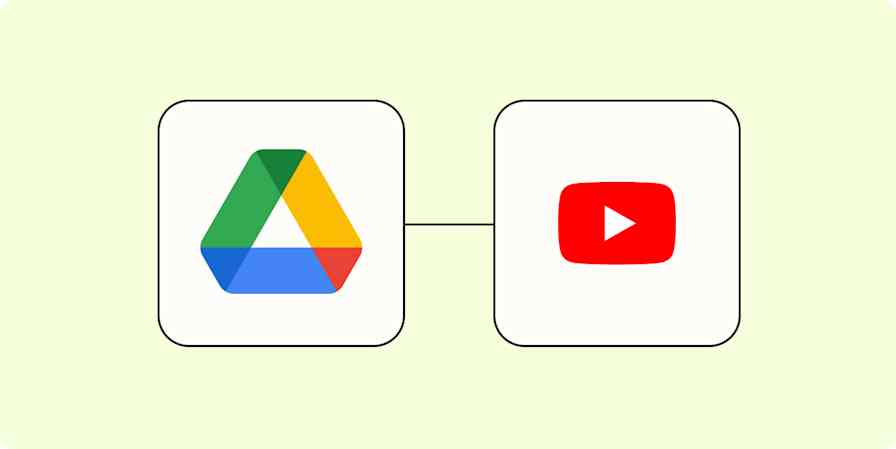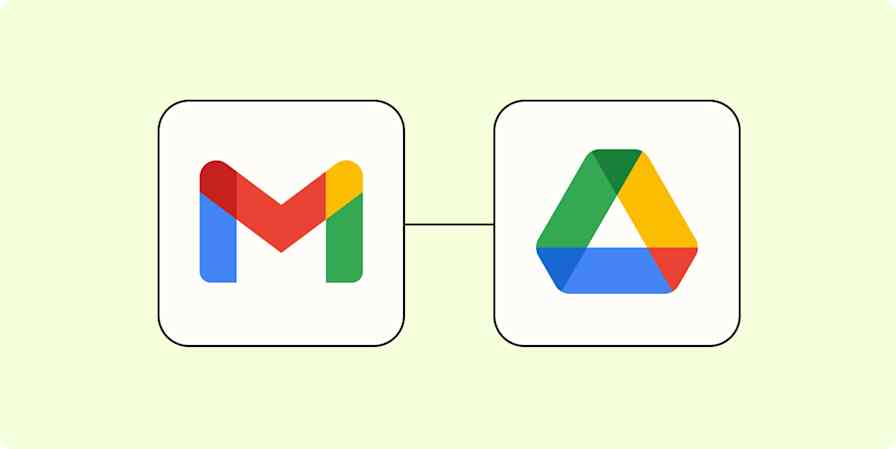App tips
3 min readHow to convert image to text with Google Drive
Google Drive has a hidden OCR tool—here's how to use it.
By Justin Pot · November 28, 2023
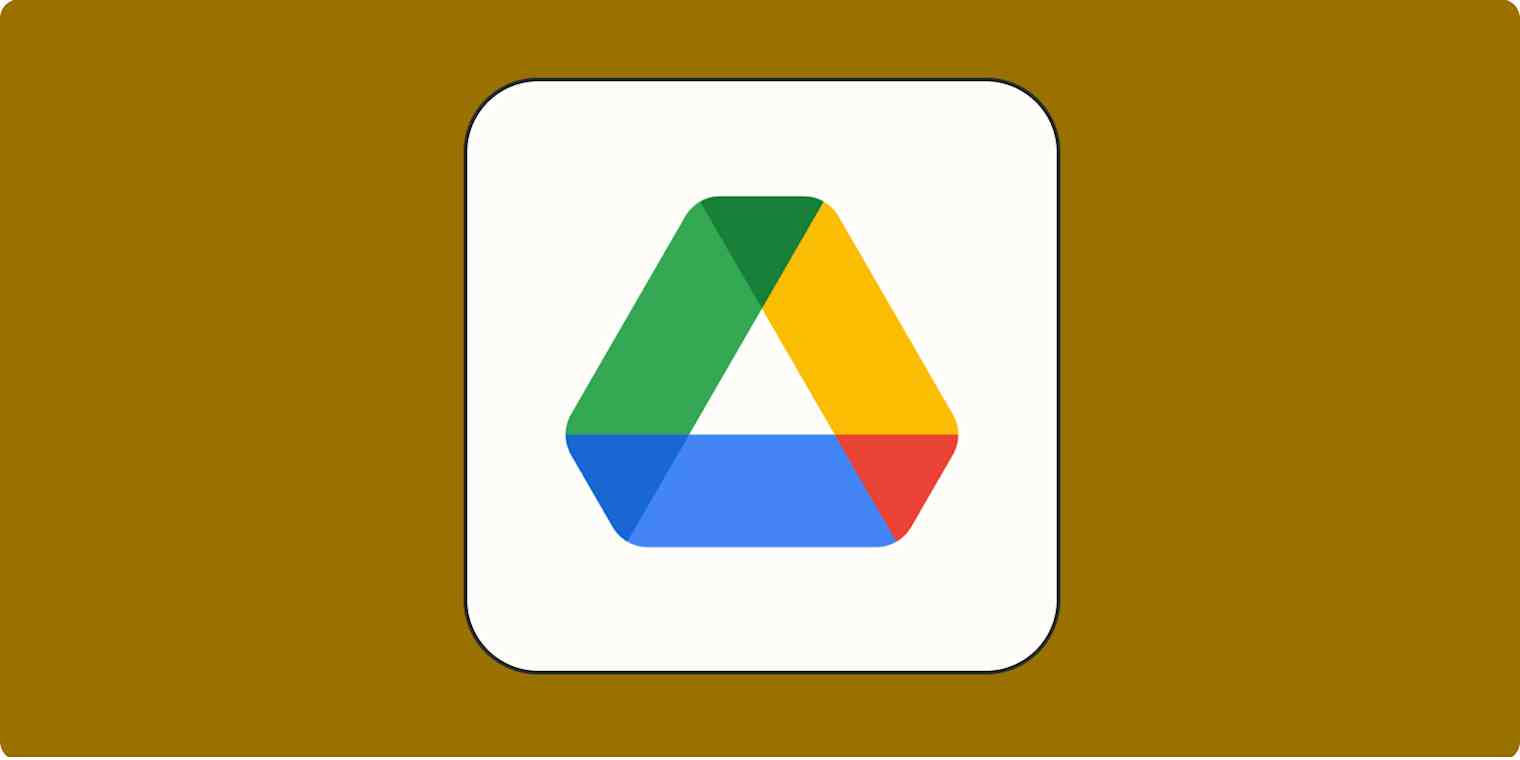
Get productivity tips delivered straight to your inbox
We’ll email you 1-3 times per week—and never share your information.
mentioned apps
Related articles
Improve your productivity automatically. Use Zapier to get your apps working together.



